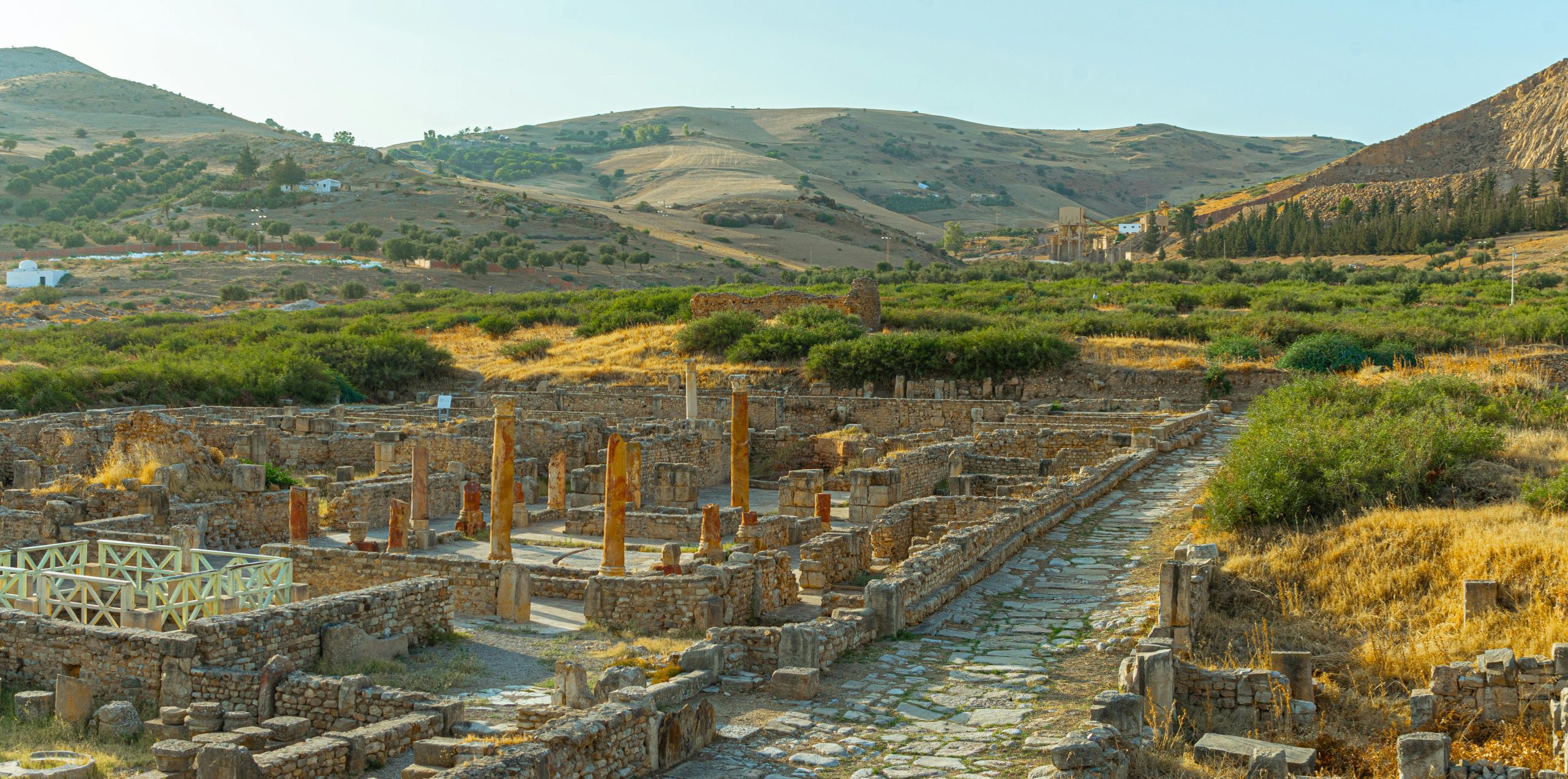Exploring the Colonial Legacy: Historic Sites of the British Empire in London
London, a city rich in history and imperial legacy, offers numerous sites that echo its colonial past. For visitors interested in understanding the remnants of Britain’s expansive empire, the city provides a range of historically significant landmarks and areas worth exploring.
During my upcoming visit to London, I am eager to delve into this aspect of its history. I plan to visit renowned institutions such as the British Museum and the Victoria and Albert Museum, which house extensive collections related to Britain’s imperial history. Additionally, I have identified specific sites on my itinerary, including the preserved façade of the East India Company’s former premises at Leadenhall Street and the East India Dock basins, which played a crucial role during Britain’s colonial trade era.
One activity I was particularly interested in is the East India Company walking tour, which offers immersive insights into the company’s influence on both London and the wider world. Unfortunately, the tour is not scheduled during my visit dates, but I am hopeful to find alternative ways to engage with this history.
If anyone has recommendations or insights on other significant colonial-related sites in London, I would greatly appreciate your advice. Exploring these remnants helps contextualize the city’s historical development and the profound impact of the British Empire.
Thank you in advance for your guidance and support in uncovering London’s imperial heritage.
Note: While specific tours may not be available during all visits, there are many self-guided options and museum exhibits that provide valuable insights into London’s colonial history.


Delving Deeper into London’s Colonial Heritage
This is a fascinating exploration of London’s colonial past! As a resident, I’d like to add a few insights that might enrich your understanding of the city’s historical landscape:
Lastly, engaging with contemporary discussions about Britain’s colonial legacy—through lectures, exhibitions, or community events
London’s Colonial Heritage: Additional Insights and Recommendations
As a fellow London resident with an interest in its imperial past, I appreciate your thoughtful approach to exploring these historical remnants. In addition to the sites you’ve already mentioned, I would suggest considering the following locations and resources to deepen your understanding:
Additionally, self-guided walks focusing on London’s colonial districts—including parts of the Docklands—can reveal fascinating architecture and urban development influenced by colonial wealth and trade. Engaging with local historical societies or heritage app guides can also provide nuanced perspectives beyond the mainstream narratives.
Overall, exploring London’s colonial legacy offers a complex view of its historical development. I encourage you to approach it with both curiosity and awareness of the broader global context, which enriches our understanding of the city’s diverse and layered history.